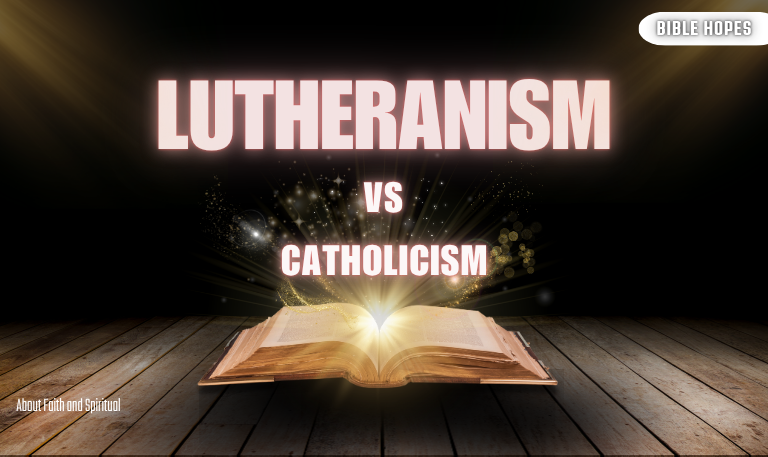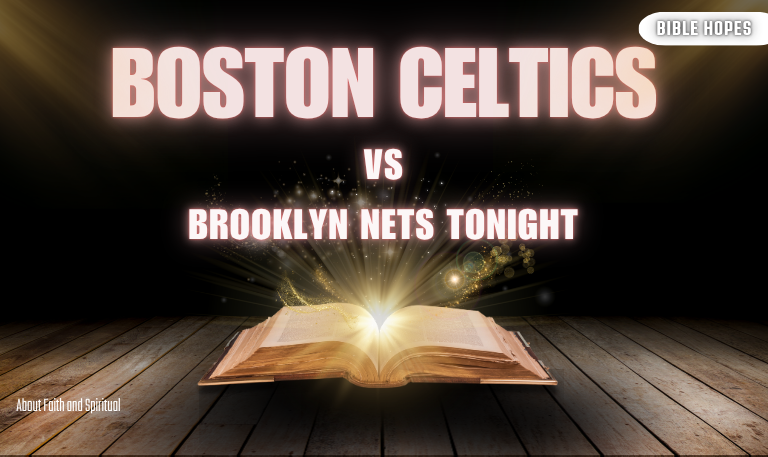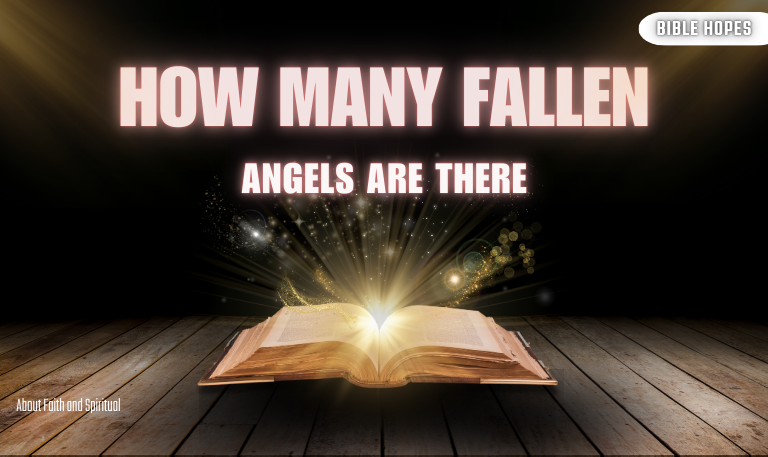The Christian faith is rich and diverse, with numerous denominations that share common roots yet differ in doctrine, worship, and practice. Among these, Lutheranism vs Catholicism stand as two prominent branches with distinct identities. Understanding the differences between Lutheranism and Catholicism is essential for students of theology, history enthusiasts, and anyone interested in the nuances of Christian faith.
This article explores the theological, historical, and practical contrasts between Lutheranism and Catholicism in depth. From their origins during the Reformation to modern-day worship, we’ll provide a detailed comparison that answers common questions and clears up widespread misconceptions.
1. Historical Origins: How Lutheranism and Catholicism Diverged
The Catholic Church: An Ancient Institution
The Catholic Church traces its origins to the early Christian community founded by Jesus Christ and the Apostles. It has maintained an unbroken institutional continuity for over 2,000 years, centered around the papacy, the bishops, and Sacred Tradition.
The Reformation and the Birth of Lutheranism
Lutheranism emerged in the early 16th century as a response to perceived abuses within the Catholic Church, spearheaded by Martin Luther, a German monk and theologian. In 1517, Luther famously nailed his 95 Theses to the church door in Wittenberg, challenging doctrines such as indulgences and emphasizing salvation by faith alone.
Read Also: Exegesis vs Hermeneutics
2. Core Beliefs: Faith, Salvation, and Authority
| Aspect | Catholicism | Lutheranism |
|---|---|---|
| Salvation | Faith + Works | Faith Alone (Sola Fide) |
| Authority | Scripture + Tradition + Papal Authority | Scripture Alone (Sola Scriptura) |
| Papal Role | Supreme earthly head of Church | Rejected; Christ is head |
Salvation: Faith and Works vs. Faith Alone
Catholics believe salvation is a combination of faith and works, including participation in sacraments and moral living. Lutheranism emphasizes justification by faith alone, asserting that good works are a fruit of faith, not a prerequisite for salvation.
Authority: Scripture and Tradition vs. Scripture Alone
Catholicism holds that divine revelation is found in both Sacred Scripture and Sacred Tradition, with the Pope serving as the ultimate earthly authority. Lutheranism, however, embraces Sola Scriptura, meaning Scripture alone is the infallible guide for faith and practice.
3. The Role of the Pope and Church Hierarchy
The Catholic Church maintains a hierarchical structure with the Pope as the supreme spiritual leader. Bishops, priests, and deacons serve under him, forming an organized ecclesiastical framework.
Lutheran churches, in contrast, reject papal authority. Their governance varies but typically includes elected bishops or councils without centralized power comparable to the papacy.
4. Sacraments: Number and Understanding
| Sacraments | Catholic Church | Lutheran Church |
|---|---|---|
| Baptism | Yes | Yes |
| Eucharist (Communion) | Yes | Yes |
| Confirmation | Yes | Varies |
| Penance (Confession) | Yes | Varies (Private confession optional) |
| Marriage | Yes | Yes |
| Holy Orders | Yes | Varies (some Lutheran branches ordain) |
| Anointing of the Sick | Yes | Not universally practiced |
The Eucharist: Transubstantiation vs. Consubstantiation
Catholics believe in Transubstantiation — the bread and wine become the actual body and blood of Christ. Lutherans hold to Consubstantiation, where Christ’s body and blood coexist “in, with, and under” the bread and wine.
5. Worship and Liturgy: Tradition and Practice
Both traditions maintain a liturgical style of worship but with notable differences.
Catholic Mass centers on the Eucharist as a sacrificial offering.
Lutheran worship preserves much of the liturgy but emphasizes the proclamation of the Word and justification by faith.
Rituals, vestments, and the use of statues or icons are more prevalent in Catholic services, while Lutheran churches tend to be simpler but still liturgical.
6. Views on Mary and the Saints
Catholics venerate Mary, the mother of Jesus, and the saints, seeking their intercession through prayer. Titles like “Mother of God” and doctrines such as the Immaculate Conception and Assumption are foundational.
Lutherans honor Mary as the mother of Jesus and a model believer but reject the invocation of saints and doctrines not explicitly grounded in Scripture.
7. Purgatory and Afterlife Beliefs
Catholics teach the existence of Purgatory, a purification state before entering heaven. Lutheran theology generally rejects Purgatory, emphasizing salvation through faith and God’s grace alone.
8. The Role of Tradition in Faith
For Catholics, Sacred Tradition alongside Scripture forms the deposit of faith. This tradition includes teachings, liturgical practices, and doctrines handed down through the Church.
Lutherans prioritize Scripture, viewing tradition as valuable but subordinate to biblical authority.
9. Church Governance and Organization
Catholicism: Centralized under the Vatican, led by the Pope and bishops worldwide.
Lutheranism: Decentralized; governance structures vary among national and regional churches, typically governed by councils or synods.
10. Contemporary Ecumenical Relations
Despite historical conflicts, the Catholic Church and Lutheran World Federation engage in dialogue to promote mutual understanding and cooperation. The Joint Declaration on the Doctrine of Justification (1999) marked a significant step toward resolving theological disputes over salvation.
11. Global Presence and Demographics
Catholicism: Largest Christian denomination with over 1.3 billion adherents worldwide.
Lutheranism: Approximately 80 million members, primarily in Europe, North America, and parts of Africa.
Read Also: How Tall Was Eve in the Bible
12. Common Misconceptions Clarified
Lutherans are not “Protestants” only but hold a rich liturgical tradition.
Catholics do not worship Mary or saints but venerate them as examples of faith.
The Pope’s authority is spiritual, not political, in Catholic doctrine.
13. Summary Table of Key Differences
| Topic | Catholicism | Lutheranism |
|---|---|---|
| Origin | Apostolic Church | Reformation, 16th Century |
| Authority | Pope, Scripture, Tradition | Scripture Alone |
| Salvation | Faith + Works | Faith Alone |
| Eucharist | Transubstantiation | Consubstantiation |
| Mary and Saints | Veneration and intercession | Honor Mary; reject saint intercession |
| Purgatory | Exists | Rejected |
| Confession | Required | Optional |
| Governance | Centralized Vatican authority | Decentralized synods |
Lutheranism vs Catholicism FAQs
Q: What is the main difference between Lutheranism and Catholicism?
A: The core difference lies in authority and salvation: Catholicism emphasizes Scripture, Tradition, and the Pope’s authority, teaching salvation through faith and works; Lutheranism upholds Scripture alone and justification by faith alone.
Q: Do Lutherans recognize the Pope?
A: No, Lutherans reject papal authority, believing Christ alone is the head of the Church.
Q: How do Lutheran and Catholic views on communion differ?
A: Catholics believe the bread and wine become the actual body and blood of Christ (Transubstantiation). Lutherans believe Christ is truly present alongside the bread and wine (Consubstantiation).
Q: Can Catholics and Lutherans intermarry?
A: Yes, interdenominational marriages are common, often requiring pastoral guidance and sometimes dispensation.
Q: What do Lutherans believe about Mary?
A: Lutherans honor Mary as Jesus’s mother but do not pray to her or believe in doctrines like the Immaculate Conception.
Q: Are Lutheran and Catholic baptisms valid across denominations?
A: Yes, most denominations recognize each other’s baptisms if done with water and the Trinitarian formula.
Q: Why did Martin Luther break away from the Catholic Church?
A: Luther protested practices like the sale of indulgences and doctrinal errors, emphasizing salvation by faith alone.
Q: What is Sola Scriptura?
A: It means “Scripture alone” — the belief that the Bible is the sole infallible authority in matters of faith.
Q: How do Lutherans view confession?
A: Private confession is encouraged but not mandatory; confession to a pastor is seen as a means of receiving forgiveness.
Q: What is purgatory according to Catholics and Lutherans?
A: Catholics teach purgatory as a purification state; Lutherans generally reject the concept.
Conclusion
While Lutheranism and Catholicism share foundational Christian beliefs, their differences in authority, salvation, sacraments, and church governance have defined two distinct expressions of faith. Understanding these distinctions enriches ecumenical dialogue and fosters respect among believers. Whether you are exploring faith, history, or theology, this guide provides a clear, thorough comparison of these influential Christian traditions.



![15 Pink Bible Verses | Discover Meaning, Love [2025 Guide] 5 15-Pink-Bible-Verses-Discover-Meaning,-Love-[2025-Guide]](https://biblehopes.com/wp-content/uploads/2025/05/15-Pink-Bible-Verses-Discover-Meaning-Love-2025-Guide.png)